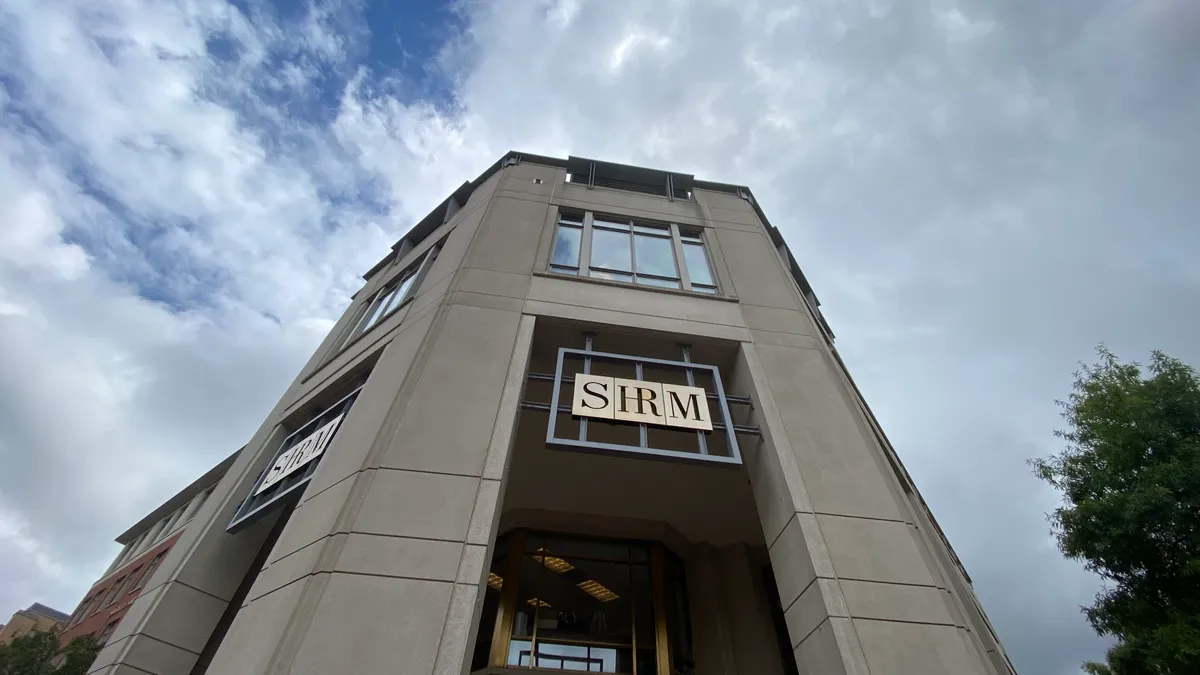It’s no longer a matter of whether your employees are using AI at work. They are. Instead, the question has become: How are they leveraging AI?
HR professionals who have a reskilling plan look a lot more enlightened than those who view AI as a threat. Think about how navigating and implementing AI can complement your existing professional development pathways or other HR initiatives.
Acknowledging AI’s role in your business evolution is just the beginning. Bringing forward options for implementation is a much more pragmatic approach. It starts with simple education: a basic understanding of the tools at your employees’ disposal, their most common applications, and their potential risks.
People will always remain at the heart of your business - your most important asset and the lifeblood of your organizational culture - but you can enhance their productivity by leaning into certain generative AI. And in doing so, you can free them up to become better people leaders.
Developing the next wave of managers is often about enhancing transparency and accountability, and giving people the tools they need to lead every day.
Solving with your senior leaders
Adoption rates for generative AI will continue to outpace awareness and understanding. The earliest regulations and guardrails are just now emerging, and the fallout is different in certain countries and industries.
It’s incumbent on HR teams to distill and distribute this information in a manner that both informs and insulates. Give leadership the top takeaways, but don’t burden them by fear-mongering or poring over tedious details.
Find practical means of upskilling people; seize on ways in which they may already be leveraging AI while adding structure. Give managers the autonomy to encourage upskilling, reskilling, and product mastery where possible, through avenues such as webinars or office hours focused on the many evolving AI use cases.
Consider it a matter of competitive differentiation.
Because frankly, if you don’t… another employer will. Embracing AI doesn’t mean adopting it without caution. It means acknowledging its emergence and elevating how it enhances employee efficiency (as opposed to eliminating it).
Laying out an AI upskilling track
Professional development plans are often fluid. If you’re approaching them accordingly, then AI is just another variable to consider, no different from past advances like video conferencing or cloud computing.
You can lay the groundwork for an AI upskilling track by:
- Identifying potential training areas
- Seeking out partners across the organization who can assist
- Securing the right resources
- Setting up a measurement framework for success
To take it a step further, do some research - and gather employee feedback - on the sorts of certifications they can already learn from and apply to their day-to-day work.
The generative AI landscape is shifting daily, so it’s not realistic to expect one HR rep, or even one HR team, to keep up with all the latest developments and options. Use your people as a resource, and think about how AI can bolster human-to-human interactions, such as through meeting management software, or by enhancing feedback loops.
The more you incorporate its known capabilities and benefits into your talent development roadmaps, the better equipped you’ll be to answer employee questions and adjust to future developments.










